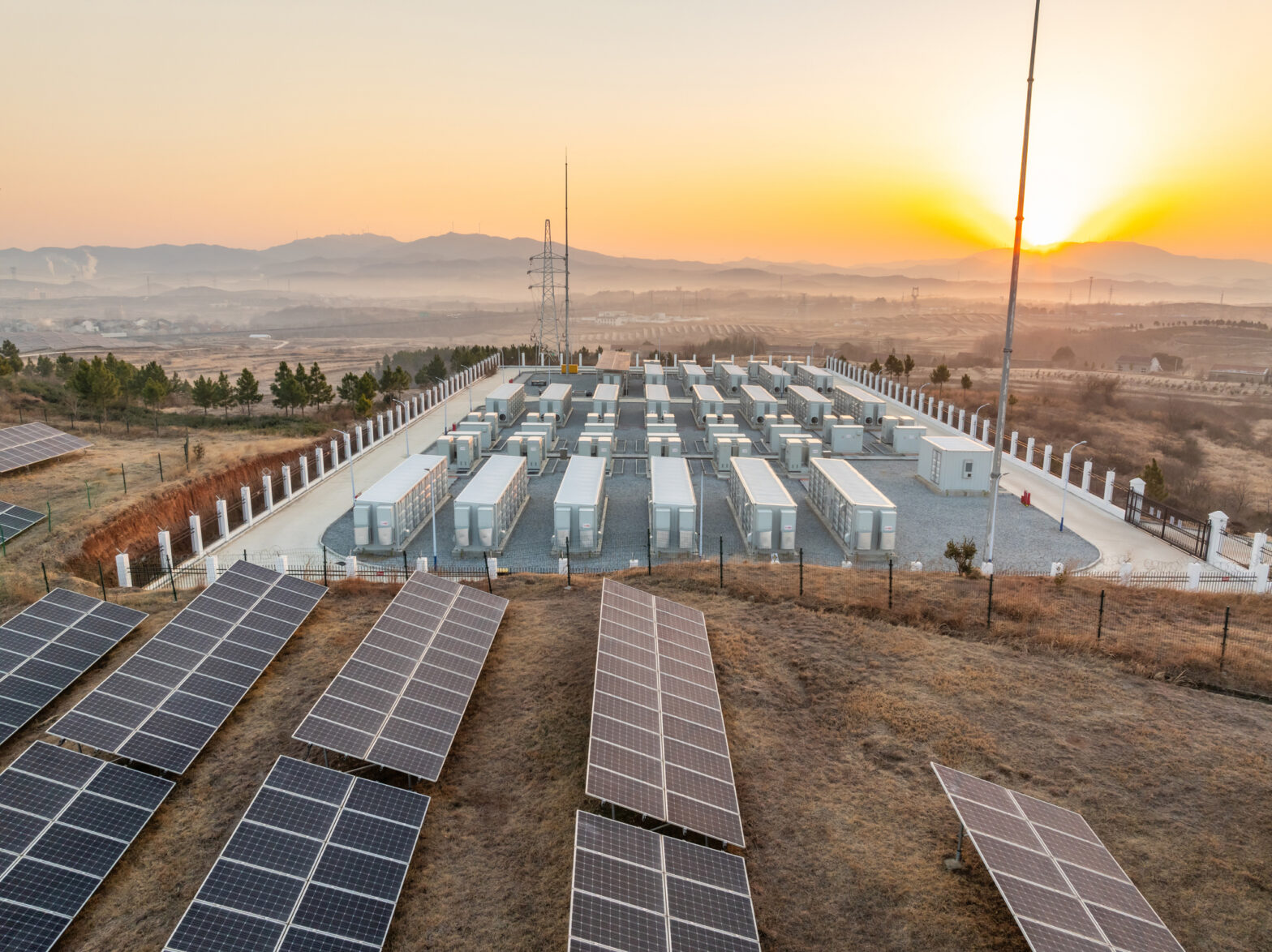This post was originally published on Tendril’s website. Tendril is now Uplight.
According to the Alliance to Save Energy, the grid of the future assumes universal deployment of advanced metering infrastructure (AMI). Half of all US utility customers already have AMI installed today.
Instead of one monthly meter read (at best) per month per household with legacy systems, AMI data consists of at least 1440 data points per month per household. This quickly brought the amount of energy records the Tendril Platform manages from millions to billions.
Our decision science team has diligently remained on the bleeding edge of technology to handle the breadth of data that flows into our platform, and in 2017 it was time to upgrade our technology stack again to support our customers as they continue to deploy AMI. With our upgraded system, we’re able to evaluate an exponentially larger amount of data at lightning fast speed.
So what does this mean for utilities? Rapid evaluation of such granular data enables our utility partners to quickly develop, test and iterate new products and services. We can provide more near-real time performance measurement and answer questions we hadn’t been able to before–questions that we were not able to even fathom until we started delving in.
Read on to learn about the technology we’re leveraging to get the most out of AMI data, the behavioral energy efficiency (BEE) innovations we’re working on with our utility partners, and the environmental impact our efforts have had thus far.
Introducing PIE at Tendril
Spark, a distributed computing engine, allows us to load near unlimited quantities of data into memory and perform analytics in parallel across a cluster. It has quickly become the largest open source community in big data. S&P 500 Internet powerhouses such as Netflix, Yahoo, and eBay use Spark to process multiple petabytes of data on clusters of over 8,000 nodes.
*On average, the time needed to measure program performance for our customers has been reduced by 94%.
Spark is the reason why we are able to evaluate the largest Home Energy Report program in the world with near real-time results. Its scalability and lightning-fast functionality have helped us reduce the time it takes to evaluate our BEE programs by 94%–from hours to minutes. Other Apache projects such as AirFlow help facilitate the evaluation of all our programs across all of our customers in a fully automated fashion.
These adaptable, high speed systems make up our new Performance Insights Engine (PIE). The repetitive asynchronous task of evaluating all our BEE programs is now fully automated in PIE. Commence the next chapter of behavioral energy data science at Tendril.
Evolving Behavioral Energy Data Science with PIE
Historically, BEE program measurement has focused mainly on savings. Using PIE, we are integrating savings with customer satisfaction (CSAT) measurement for all our BEE products. This will help us continue to build and improve products that hit savings targets while increasing CSAT. PIE enables us to quickly report out proof points across our entire product suite in order to optimize treatment at the household level. These real time proof points are especially crucial as we develop new products.
We also want to leverage PIE to test out more features and designs in our existing products. One of Tendril’s big initiatives is to optimize treatment around energy savings, customer satisfaction, and cost effectiveness. Currently, we are monitoring several experiments that evaluate the effects of HER cadence, channel, and content.
These tests will help answer many new questions, such as: How does digital-only treatment compare to the status quo? What happens when we reduce paper and increase digital? How should we treat new customers? What happens to savings when we introduce new content into a report (e.g. advertising) or a whole new template? With faster savings evaluation and full automation, it is easy to set up and evaluate unlimited experiments in PIE.
The Combined Power of AMI Data and Big Data Processing Framework
With the speed and scalability that PIE provides, Tendril can analyze AMI data faster and provide more near-real time performance measurement. This quick iteration allows us to identify underperforming programs and adjust treatment at a household level to help meet customer goals.
The half-hourly level AMI data gives us more power, more ability to isolate treatment effect if there is one, and gives us an improved view into Tendril’s impact. We will have a better idea of exactly when our products have an impact. Do customers take action more in the afternoon, in the morning? Do they take more action in the first week after they have received the product or in the last week of their bill period?
We have an improved ability to isolate treatment effect for products—High Bill Alerts, electronic HER, web portal—that requires more data and more power to detect. We can also leverage AMI data to go back in time and possibly redeem/determine if there were more savings that the model was not able to detect using monthly meter reads.
More Data > More Insight > More Meaningful Action
Tendril’s cumulative environmental impact as of March 9, 2018 is 2,707 GWh saved. This is equivalent to the average annual energy offset of 475,413 4kW solar panel systems, approximately the number of solar panels that could equip all the households in Boulder, Denver, and Fort Collins, Colorado. Here are a few more ways to think about this impact:
Scalability and speed need to be at the forefront of our minds as the size of our data grows at an increasing rate. This will provide more opportunity for advanced data science techniques which means more insights and more meaningful action for our end-users. Possibly a 1440-fold increase in action? The faster we can turn out these insights, the more value Tendril can provide to our customers which will lead to an even greater positive impact on our environment.





